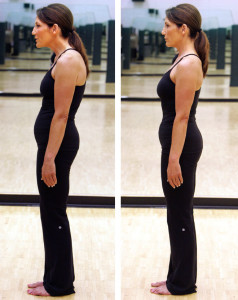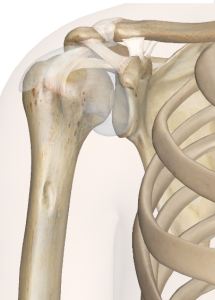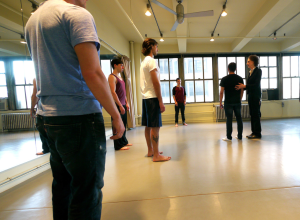Greetings and Happy Fall to everyone.
One of the most important things I wanted to share with you is how important noticing one’s posture during times of stress can be. I think we all revert to our familiar contracted habits of physicality. When this happens we stay stuck in our mind and body and do not usually make the best decisions. Taking time to pause and realign can make such a difference, not just for your body but for your thinking. Having the practice of checking in with your alignment a few times a day, even once an hour, can give you more energy and certainly improve your posture as well as your mood. So this is just a reminder to take care of your body by taking care of your alignment. It is also important to find easy and fun ways to help you remember to check in with your body and settle your nervous system. Here is a useful article about posture and mood. And, please remember the most important part of this is connecting up with your body and allowing movement along the spine and outwards to the limbs.
If you’re at your computer, be sure you have things ergonomically placed by using a supportive chair, stool or ball. Remember, sitting is the new smoking! You need to move your body and find ways to keep a nice straight line, not the head forward crunched over look we usually end up with. This helpful video will give you a good visual sense of how to work with with your posture while sitting at the computer.
Every year it amazes me how much the traffic increases during the month of December. This too is an opportunity to exercise our ability to stay calm and clear in the body. This also helps with clarity of thinking, emotions and actions. So of course it’s also a perfect time to lengthen your spine. Send your head towards the roof and your sacrum towards the bottom of the car. .
Elaine

 When my shoulders are tight or raised it usually means I’ve shortened the distance between my head and sacrum. This leads to compression along the spine as well as the shoulders taking over and trying to carry me around. Since the relationship of the head to the spine is called ‘primary control’ in Alexander terms, you know if this relationship is off then the entire structure is going to have trouble. Thus starting with bringing the head/spine in proper relationship is the first step in bringing your shoulders to a relaxed position.
When my shoulders are tight or raised it usually means I’ve shortened the distance between my head and sacrum. This leads to compression along the spine as well as the shoulders taking over and trying to carry me around. Since the relationship of the head to the spine is called ‘primary control’ in Alexander terms, you know if this relationship is off then the entire structure is going to have trouble. Thus starting with bringing the head/spine in proper relationship is the first step in bringing your shoulders to a relaxed position. Another unconscious habit that can contribute to shoulder problems is lifting and pulling up and in at the shoulder joint. The shoulder joint is made up of the clavicle and shoulder blade coming together to form a round socket. The arm bone, the humerus, fits into this socket and too often we think of the head of the humerus as part of the joint. This thinking may be what causes us to pull up and in with the arm, creating more tension in our shoulders. Learning to recognize this habit is a step towards reducing the stress and tension we are putting on this joint. Learning to let the elbows drop will give more space to the joint. This action will also reduce wear and tear on the shoulder.
Another unconscious habit that can contribute to shoulder problems is lifting and pulling up and in at the shoulder joint. The shoulder joint is made up of the clavicle and shoulder blade coming together to form a round socket. The arm bone, the humerus, fits into this socket and too often we think of the head of the humerus as part of the joint. This thinking may be what causes us to pull up and in with the arm, creating more tension in our shoulders. Learning to recognize this habit is a step towards reducing the stress and tension we are putting on this joint. Learning to let the elbows drop will give more space to the joint. This action will also reduce wear and tear on the shoulder.